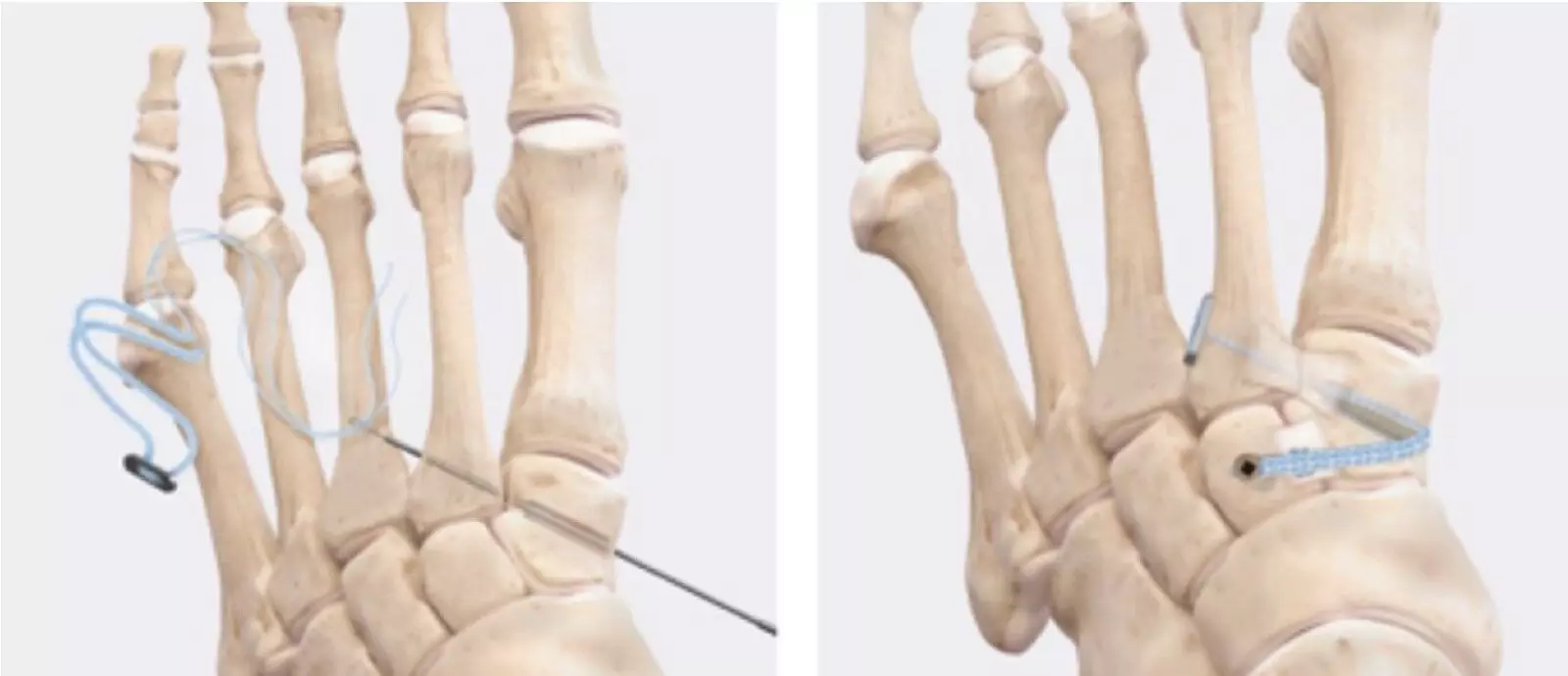Arthrex Internal Brace viable option for open reduction and internal fixation of Lisfranc ligamentous injuries: Study

The treatment of Lisfranc injuries continues to evolve with time. Meloria Hoskins et al conducted a study to report early outcomes of patients with Lisfranc ligamentous injuries treated with the Arthrex InternalBrace, which has benefits to other previously described techniques. The article has been published in Indian journal of Orthopedics.
The authors retrospectively identified 15 adult patients with Lisfranc injuries that were treated via open reduction internal fixation with the Arthrex InternalBrace at two level one trauma centres in USA. Demographic data, mechanism of injury, and concomitant foot injuries were recorded. Outcomes were assessed by return-to-work or sport and time to weight-bearing. Secondary complications or revision surgeries were noted.
Key findings of the study were:
• Of the 15 patients identified, 8 were male and 7 were female.
• Ten out of fifteen patients were white and there was only one smoker in the group.
• Average age at time of surgery was 35.2 with a range of 18–66 years old.
• Eight patients had isolated Lisfranc ligamentous injuries and seven had additional intercuneiform instability, which required a supplemental limb of the fixation device.
• The most common mechanism of injury was a cutting/pivoting maneuver (n = 5) followed by fall (n = 4).
• The mean radiographic follow-up time was 7.3 months.
• The average time to weight-bearing as tolerated was 6.6 weeks (± 2.2).
• The average time to return-to-work/sport as tolerated was 14.1 weeks (± 3.6).
• Only two minor complications were noted at follow-up but no major complications or revision surgeries occurred.
The authors concluded that – “our retrospective review from two large academic hospitals demonstrated that for a ligamentous Lisfranc injury, the InternalBrace and additional flexible fixation limb for intercuneiform instability is a reasonable option. Our study demonstrated that with an average of 7-month follow-up, there were zero failures, all persons returned to work/play in less than 15 weeks, and unrestricted weight-bearing began at 6.6 weeks on average. This is the first paper to our knowledge that has reported outcomes of this technique in a non-biomechanical setting. Flexible suture button fixation for Lisfranc injuries continues to be recognized as a viable and stable fixation method but a future prospective, comparative study is necessary to determine if this specific InternalBrace technique is comparable or superior to other techniques..”
Further reading:
Early Outcomes of Lisfranc Injuries Treated with Arthrex InternalBrace: A Case Series
Meloria Hoskins et al
Indian Journal of Orthopaedics (2024) 58:257–262
https://doi.org/10.1007/s43465-024-01097-4



